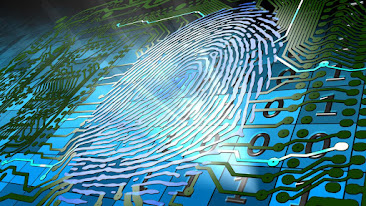Fingerprints have been the
superb standard for personal identification in the forensic community.
Fingerprints are commonly used tools to figure out the individuality of a
person to uncover their identity. Generally, no crime can be committed without
the aid and assistance of the hands; however, it is the prime part of the
person. Plus, the fingerprints are permanent, and it remains the same
throughout a person's life. That’s why fingerprint
processing plays a significant role in forensic investigation.
Moreover, fingerprints are
of universal nature; it means every person carries this medium of
identification. A criminal uses his hands obviously to commit any crime and
then leaves marks on the object or on the scene of occurrence, which comes in
contact with his hands while committing the crime. And with it, there are more
chances of occurrence of fingerprints in all crimes, and these imprints work as
evidence for the identification of forensic cases.
Here is the importance of fingerprint processing in identifying
forensics; keep it reading:
Unique!
We all know that fingers
have papillary ridges, which are complex patterns and differ from each other.
The finger patterns which are found do not only vary from one person to
another; instead, they are different and unique to an individual. There is no
duplication of the finger patterns, and not expected. So, as fingerprints are
unique, it helps more to identify any forensic cases.
Universal!
As discussed above,
fingerprints are of universal nature. And when any crime happens, it is obvious
the criminal uses their hands. Actually, it is easy to find the finger marks on
the object or surface that come in contact with the criminal. But if criminals
wear high-quality gloves, then there are no finger marks.
Permanent!
Fingerprints are permanent,
and they remain the same. The ridges that are found on the fingers appear
before birth: during the third and fourth months of pregnancy. Even the
fingerprints remain after the person's death until the first layer of the skin
is destroyed by insects, fire, putrefaction, or any other creatures. Make sure
the first layer of the finger can’t be destroyed by any surgery.
Inimitable!
Imitation of fingerprints
cannot happen in any way. People have attempted, but successful forgery of
fingerprints is not reported. The experts and investigating officers can
identify this. As inimitability is impossible, fingerprint recognition is the
first step to identifying any forensic.
Conclusion!
As discussed above, fingerprint processing plays an
essential role in forensic identification. However, fingerprints are unique and
can’t be inimitable; it is the first
that an investigator considers first to identify a crime.




Comments
Post a Comment